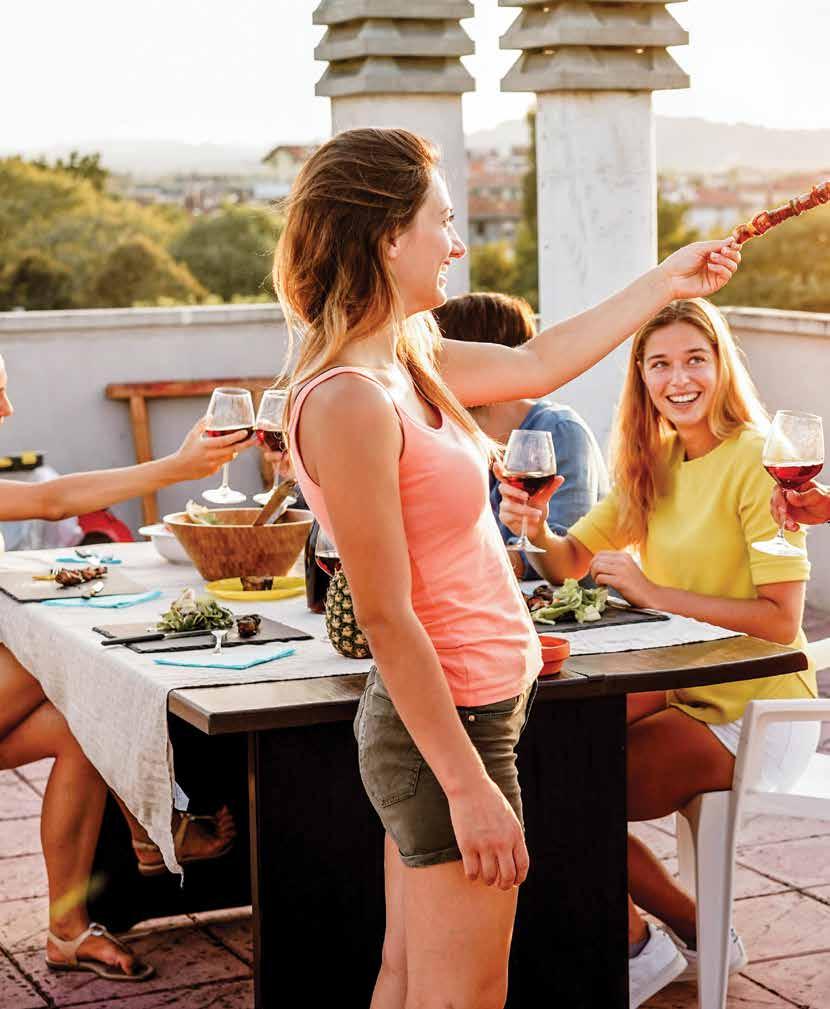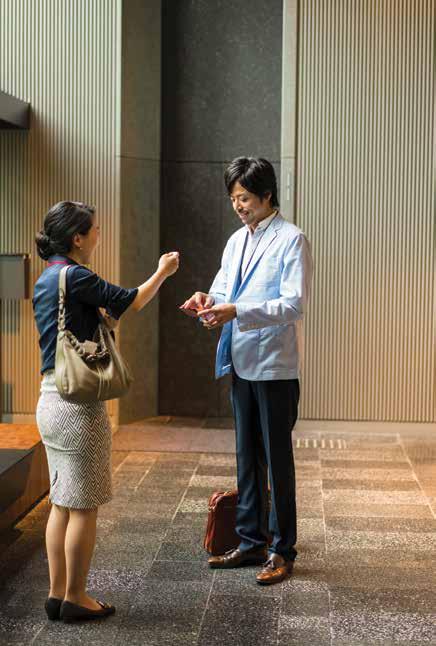
3 minute read
The Human Connection
The Human Connection

Advertisement
A recent report by the Grattan Institute, which investigated how the design and functioning of a city impacts its residents, found the way we build and organise our cities is crucial to the quantity and quality of social connection. This, in turn, is critical to our psychological and physical health. But rapid growth in apartment living means it is now harder than ever to make those social connections and build a community within your strata scheme. The Demographics Group director of research Simon Kuestenmache says there are a number of reasons why living in high density housing is not conducive to feeling a part of an effective community. While the physical architecture of apartment blocks and townhouses mean many neighbours remain strangers, extended work hours, longer commutes and the transient nature of residents are doing little to help the situation.
But Kuestenmache also argues that while some kinds of urban design may ‘build in’ isolation, others can actually encourage social connection. “If you build an apartment that has no common areas then the common area becomes the rubbish area and basement and, of course, no one wants to hang around there. A rooftop, a shared garden and communal living spaces offer a common sense of purpose. When you constantly increase small interactions then eventually they lead to larger, more meaningful interactions,” he says.
“If you live in a normal apartment building you might run into some body for 15 seconds in the lift or for five seconds while you throw a bag of rubbish out but that’s n ot enough to build human connections and connections always need to be on eye level to be meaningful. You don’t have a [social relationship] with your barista, but if you discover he has a cat, you have a cat and you both love cats then all of a sudden you have an eye level interaction and it can go on from there. You want to encourage a few more meaningful interactions.”

Jimmy Thomson, the writer behind apartment living advice website flat-chat.com.au, believes there are an abundance of ways to promote a sense of community for those living in strata or high density-type housing – with or without communal areas. Thomson says alongside the traditional methods of joining your strata committee to turn neighbours into friends there are also other options including starting up exercise groups, mothers’ groups, or meetings based around special interests such as theatre or book groups. Setting up a Facebook group as a means of encouraging discussions relating to the building and local neighbourhood is a good first step in opening the lines of communication among those living in high density-type housing, he says.
Next, he suggests organising inhouse events and seeking input from the broader community as means of amplifying social connections. “Get your local bottle shop to put on a wine or whisky tasting at which they can take orders to be delivered later. Set up an old bookshelf where people can leave books they’ve read and take others they haven’t. Organise a fashion show with a local store or boutique designer or get a local restaurant to have a residents’ night with a special menu for locals who dine at a shared table.” Thompson says he knows of residents of a building in Sydney who went so far as to band together to organise a discounted cycling holiday through Vietnam as a way of improving their social connections.
“The main thing is, if your strata committee isn’t interested, it’s very easy to sidestep them and use the social media tools you have to connect directly with your neighbours. Building communities doesn’t happen overnight – but it doesn’t happen at all if you don’t even try.”




